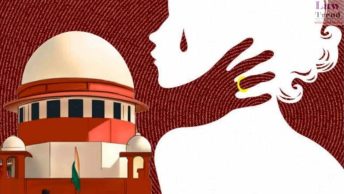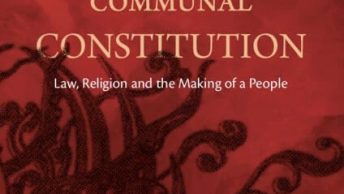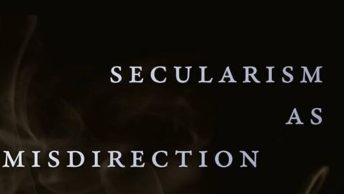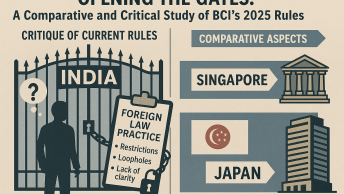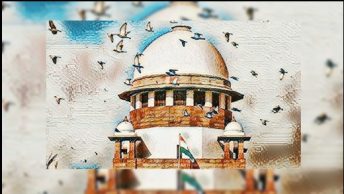Blurb: This article maps the four statutory criteria central to the sex-consent matrix, which render consent peripheral while elevating social control and sexual obligation. Thereafter, it reads the...
Summary: In this two-part piece, we present the final review in this book discussion on Prof. Mathew John’s latest book, India’s Communal Constitution: Law, Religion and the Making of a People...
Summary: In this two-part piece, we present the final review in this book discussion on Prof. Mathew John’s latest book, India’s Communal Constitution: Law, Religion and the Making of a People...
The piece argues that the Indian Courts have applied the Community Standards Test inconsistently to test whether a particular statement is obscene. It suggests that the test be replaced by variable...
The piece argues that the Indian Courts have applied the Community Standards Test inconsistently to test whether a particular statement is obscene. It suggests that the test be replaced by variable...
Summary: In this piece, Prof. Nivedita Menon concludes the discussion on her latest book, Secularism as Misdirection: Critical Thought from the Global South, by responding to all the interlocutors...
In Part One, we critically examined the BCI’s 2025 Rules, highlighting the legislative gaps, regulatory inconsistencies, and uneven burdens placed on Indian lawyers. Lessons from Global Legal Hubs It...
Introduction Indian jurisprudence has historically distinguished the legal profession from purely commercial enterprises, holding it to a higher standard of public service and social justice. It has...
Summary: In this piece, we continue the discussion on Dr Datar’s paper, the summary of which can be accessed here. In this response, Gaurav Mukherjee critically engages with Darshan Datar’s paper on...
Summary: In this piece, we continue the discussion on Dr Datar’s paper, the summary of which can be accessed here. In this response, Prof. Mathew John critically engages with Darshan Datar’s...


